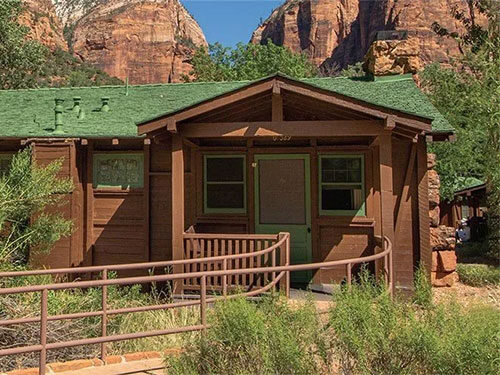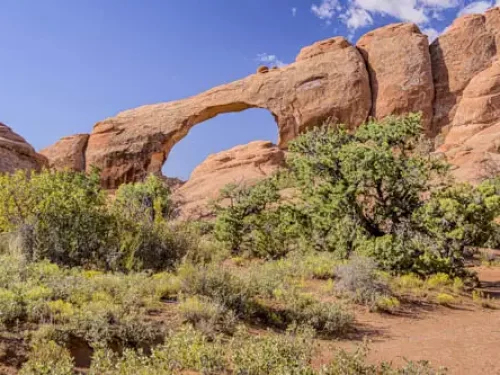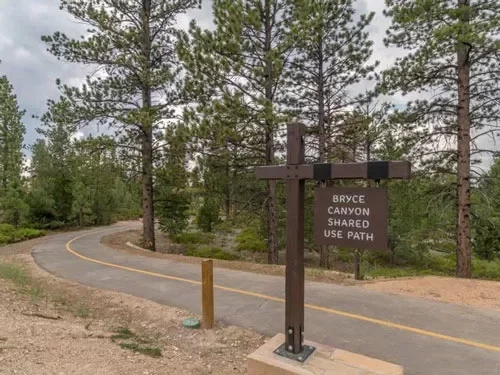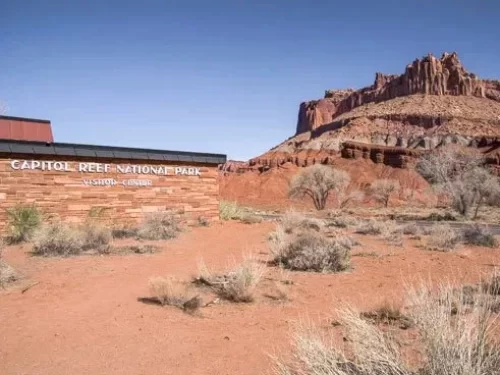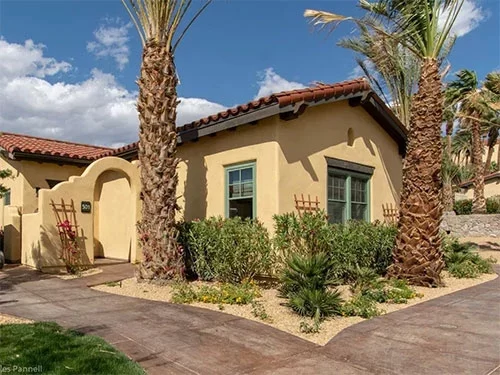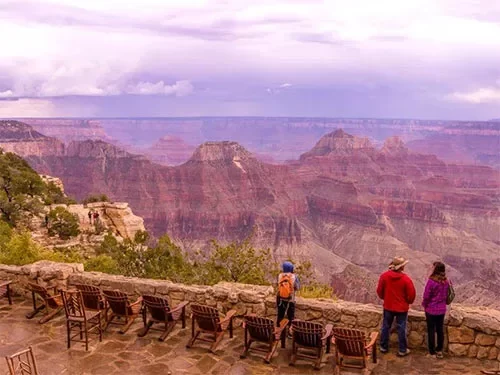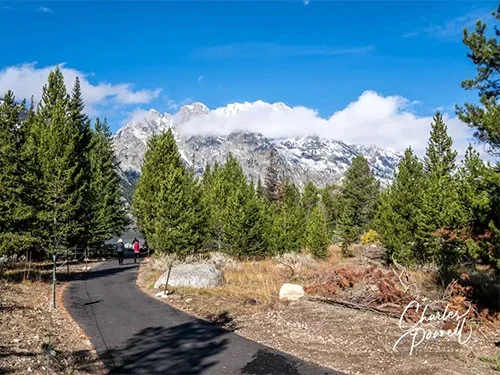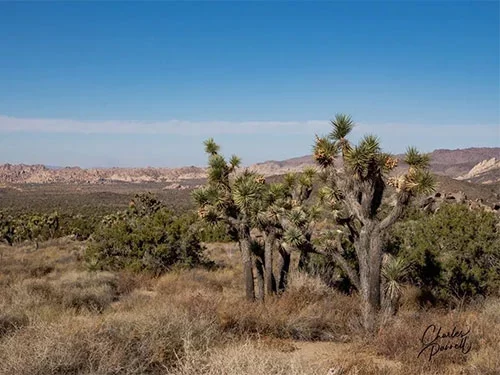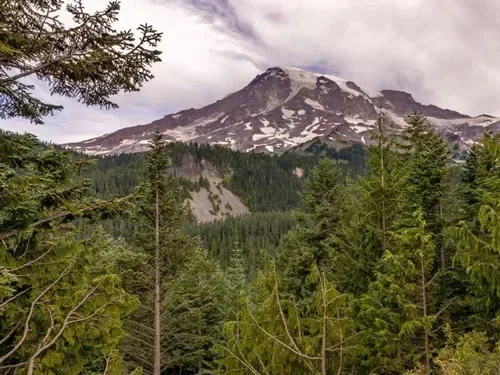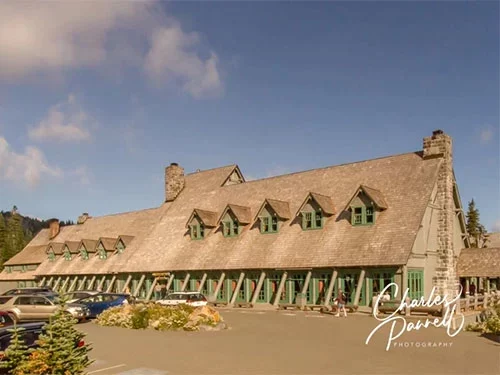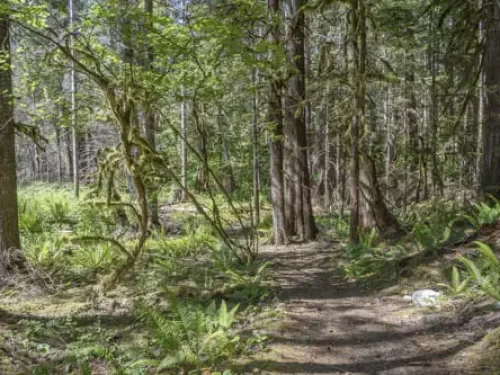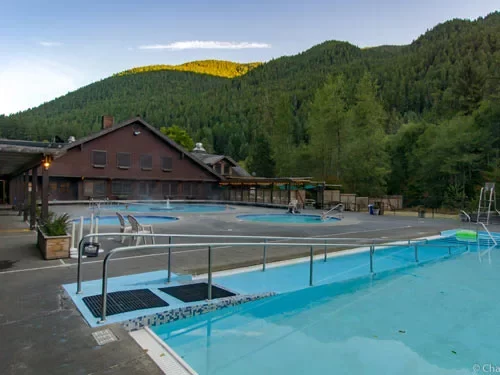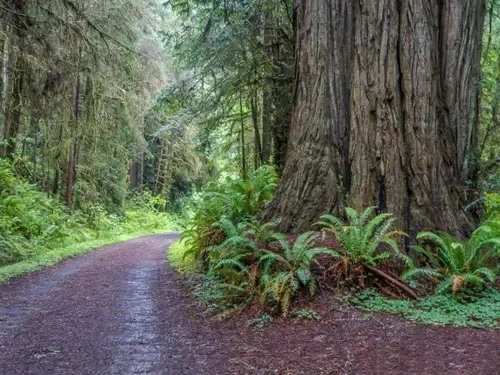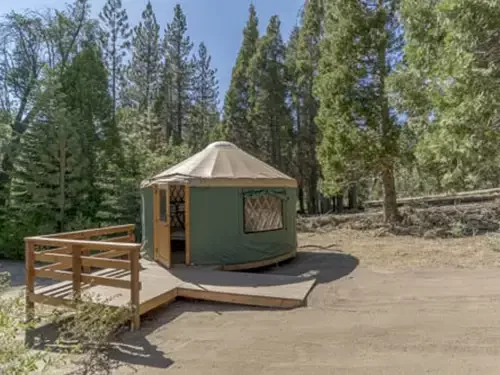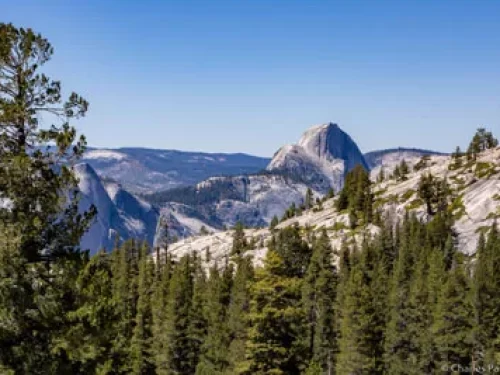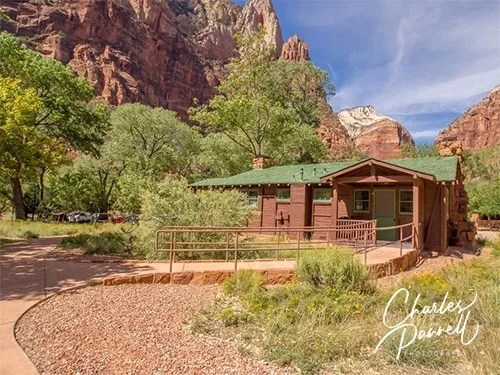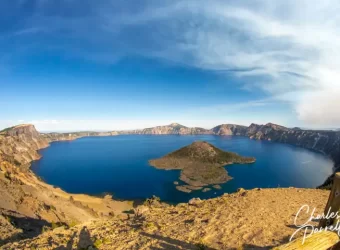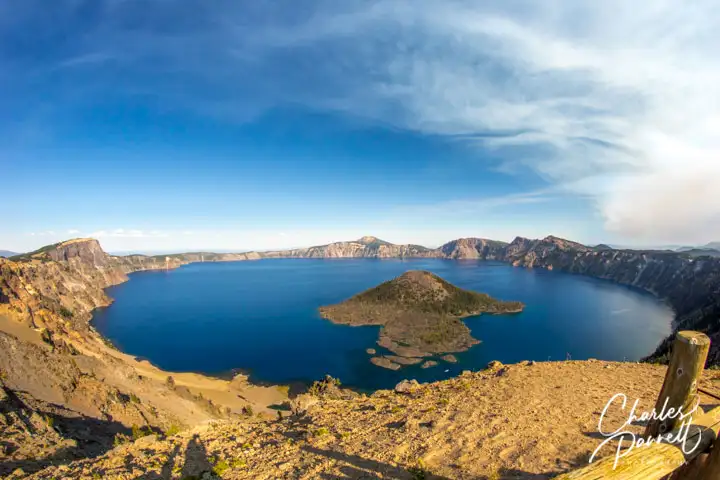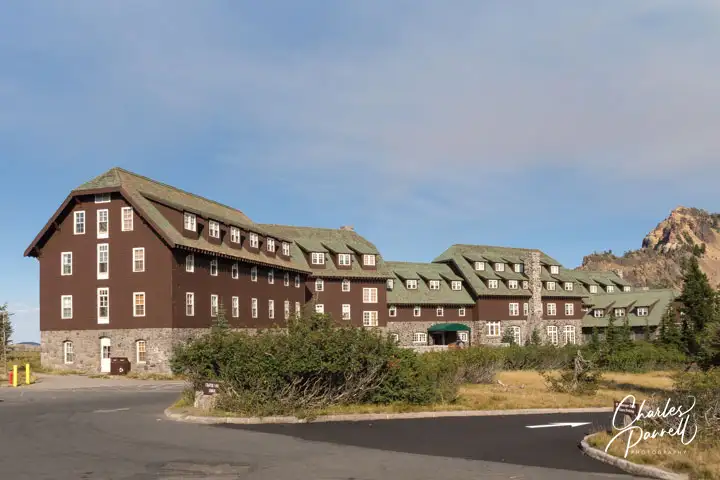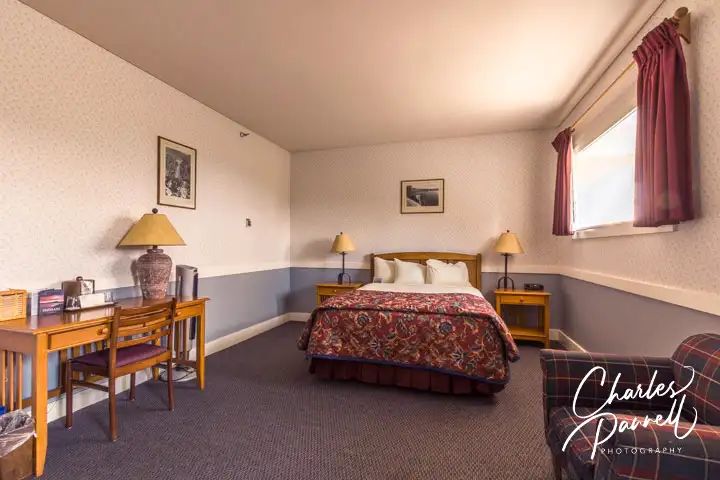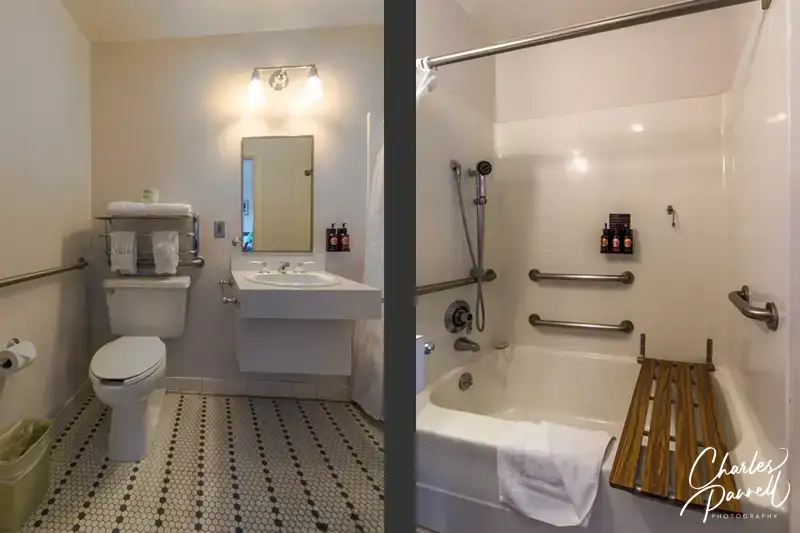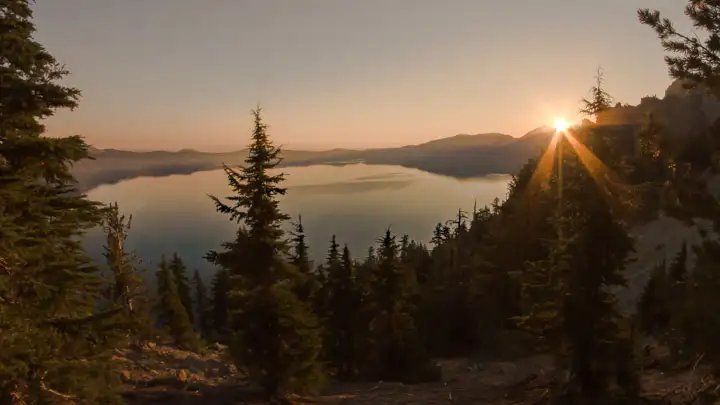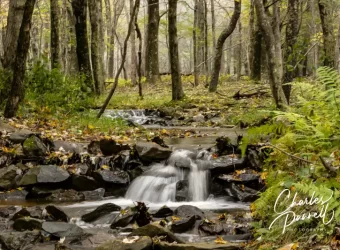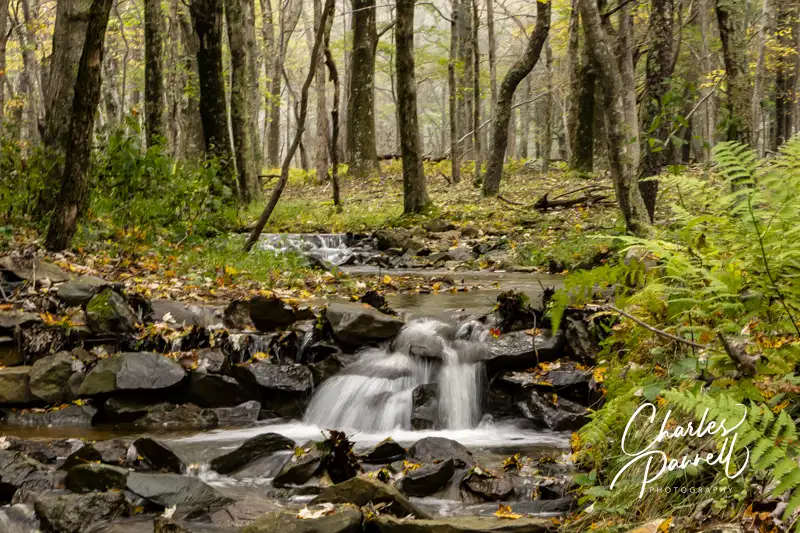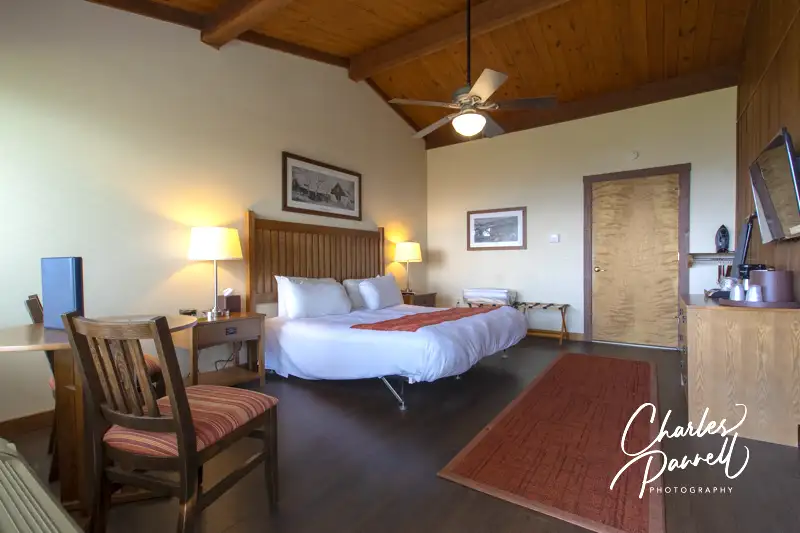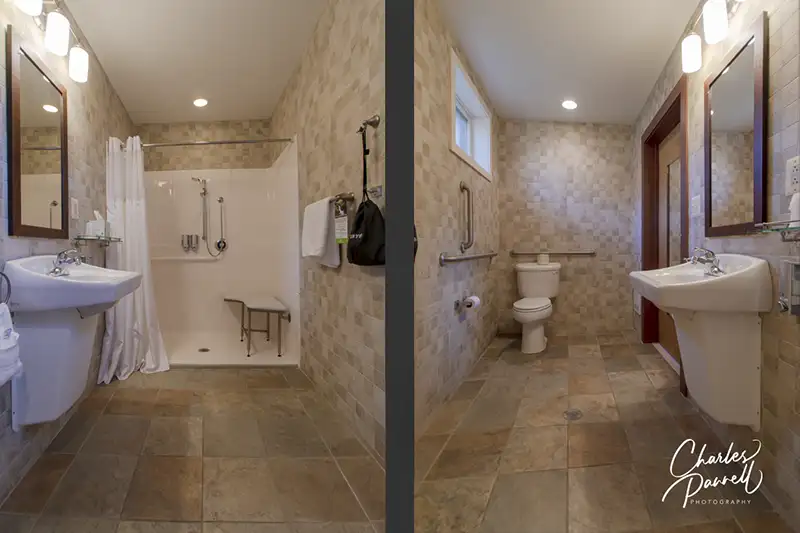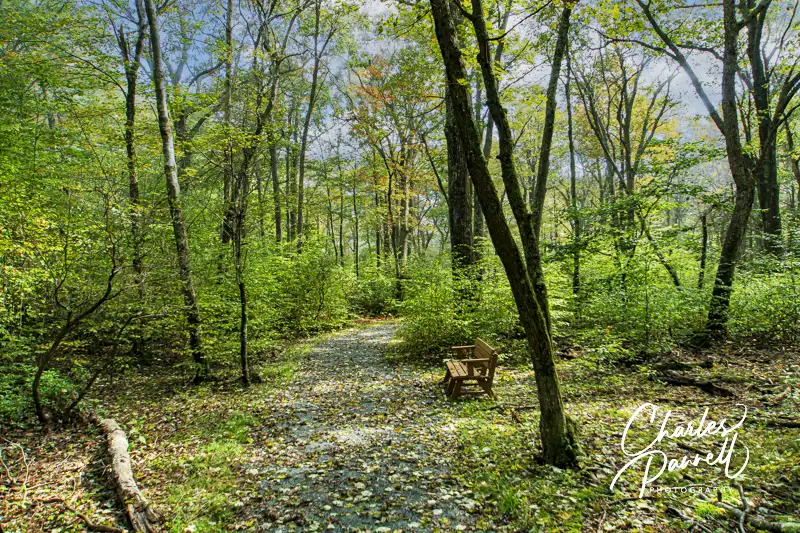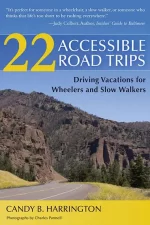An Isle Royale Wheelchair-Accessible Retreat
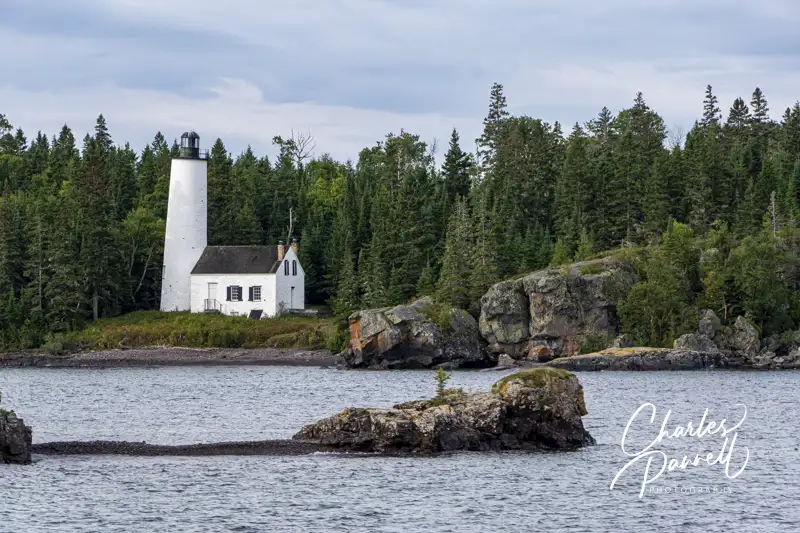 Located in the middle of Lake Superior in Isle Royale National Park, Rock Harbor Lodge (www.rockharborlodge.com/) is probably the most difficult national park lodge to get to, as it’s a six-hour cruise from the mainland. That said the journey over is a scenic adventure itself, and the Ranger III ferry has wheelchair access to the lower deck and an accessible restroom aboard (www.nps.gov/isro/planyourvisit/ranger-iii-info.htm). And once you dock at Isle Royale National Park, you’ll be rewarded with the rugged beauty at this remote retreat. Even though the island itself is rather rustic, Rock Harbor Lodge offers spacious rooms for a comfortable and relaxing Isle Royale wheelchair-accessible retreat.
Located in the middle of Lake Superior in Isle Royale National Park, Rock Harbor Lodge (www.rockharborlodge.com/) is probably the most difficult national park lodge to get to, as it’s a six-hour cruise from the mainland. That said the journey over is a scenic adventure itself, and the Ranger III ferry has wheelchair access to the lower deck and an accessible restroom aboard (www.nps.gov/isro/planyourvisit/ranger-iii-info.htm). And once you dock at Isle Royale National Park, you’ll be rewarded with the rugged beauty at this remote retreat. Even though the island itself is rather rustic, Rock Harbor Lodge offers spacious rooms for a comfortable and relaxing Isle Royale wheelchair-accessible retreat.
An Isle Royale Wheelchair-Accessible Room with a View
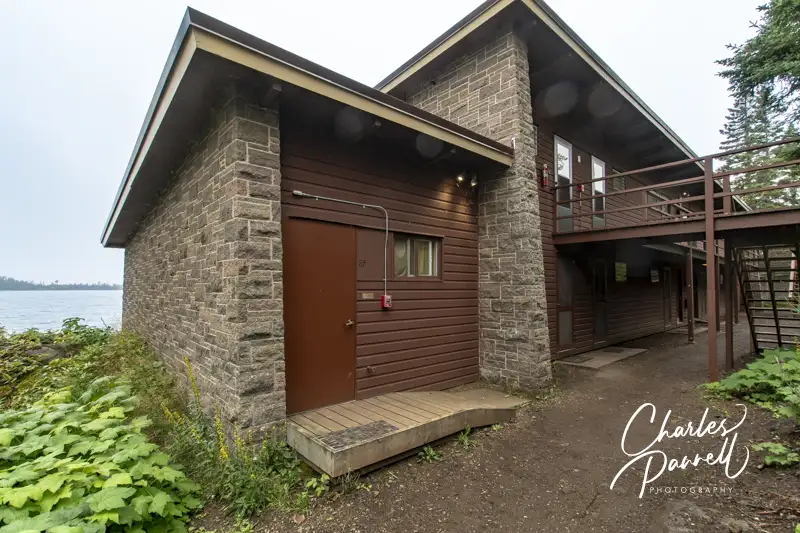
Located along the Lake Superior shore, Rock Harbor Lodge is a .3-mile walk from the boat dock. There’s a paved level path alongside the marina, but golf cart transportation is available for guests who cannot manage the distance. And although there are a few steps up to the front door of the main office at the lodge, the back entrance is ramped.
There are three wheelchair-accessible rooms at Rock Harbor lodge, including room 35 which is located in the Chippewa Building, right behind the main office. There’s ramp access to the front door, with enough space for a wheelchair to maneuver inside the room. Access features include wide doorways, lever handles, a lowered clothing rod and low-pile carpet for easy rolling.
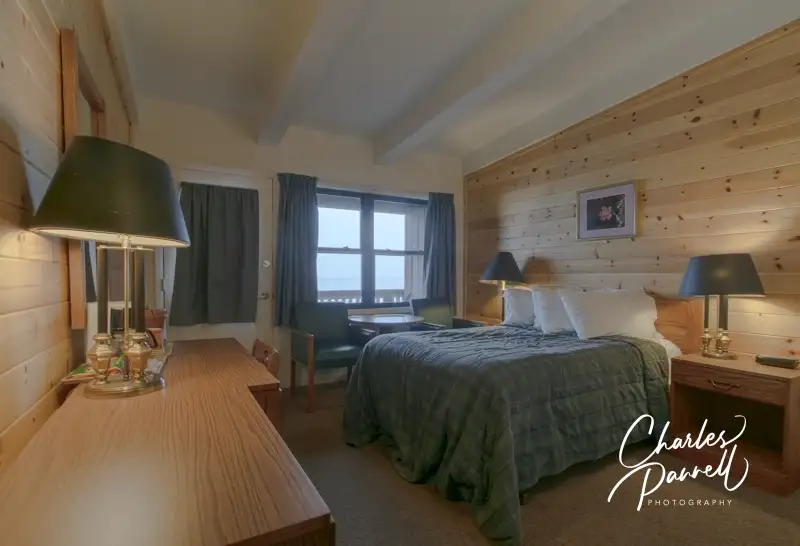
The room is furnished with a 26-inch high open-frame double bed with wheelchair access on the right side (as you face it), a night table, a desk with a chair, a small chest of drawers, and a table with two chairs. The bathroom features a full five-foot turning radius and is equipped with a tub/shower combination with grab bars. The toilet grab bars are located on the back and right walls (as seated), and the bathroom also includes a roll-under sink with an angled mirror. A portable shower bench is available, but make sure to request one when you make your reservation, so it will be in your room when you arrive.
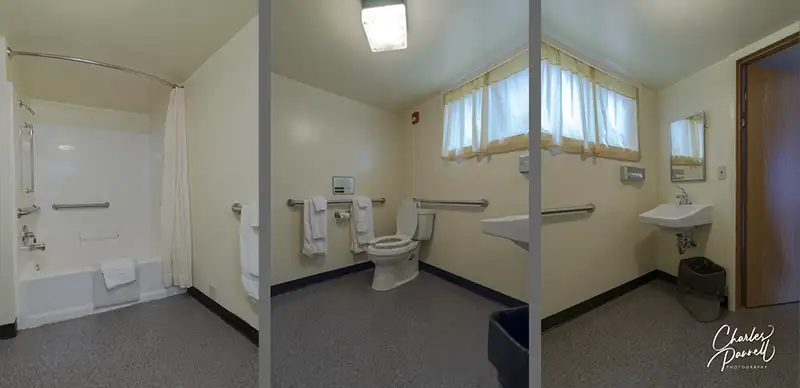
There’s also barrier-free access to the roomy back porch, which is furnished with two Adirondack chairs. Truly one of the best features of this corner room is its location, as the porch allows for an unobstructed view of the waves crashing on the rocks below, and a peek at the barrier-islands across the harbor. It’s definitely an Isle Royale wheelchair-accessible room with a view.
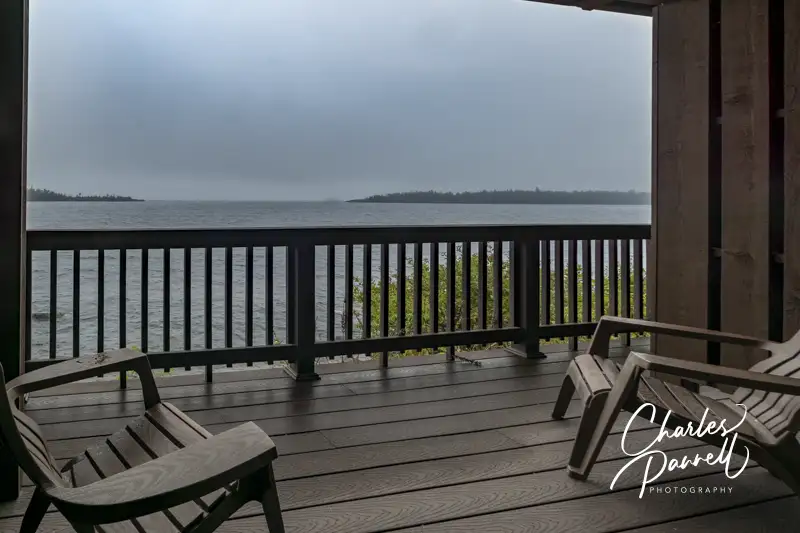
Eat Drink and Be Merry
There’s good access to the public facilities at this Isle Royale retreat as well. An accessible dirt pathway leads from the accessible room over to the Lighthouse Restaurant and the Greenstone Grill, which are located next to the main office. The grill offers bar service and a light menu of burgers, sandwiches and pizzas; while the restaurant serves up some hearty entrees. There’s barrier-free access to both establishments; but if you’d prefer a bit more privacy you can always order a pizza to go and enjoy it on your back porch.
There’s also ramp access up to the Rock Harbor Auditorium, where evening ranger programs are presented. The dirt path over to the ramp is a little bumpy, but it’s doable with a little assistance.
And although the bulk of the island has inaccessible trails, the cement walkway along the marina offers some good wildlife viewing opportunities. Even though this walkway is well trafficked, it’s not unusual to spot moose along the trail. Even if you don’t happen to see them, the lake view itself is stunning. And that’s reason enough to stay a spell at this remote but pristine national park lodge.

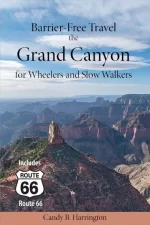
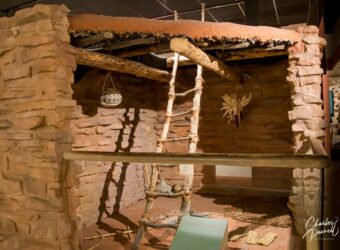

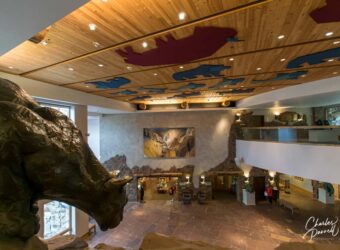

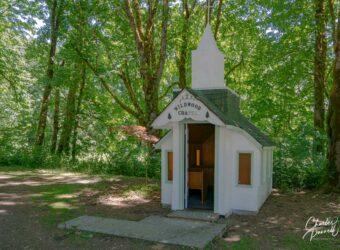
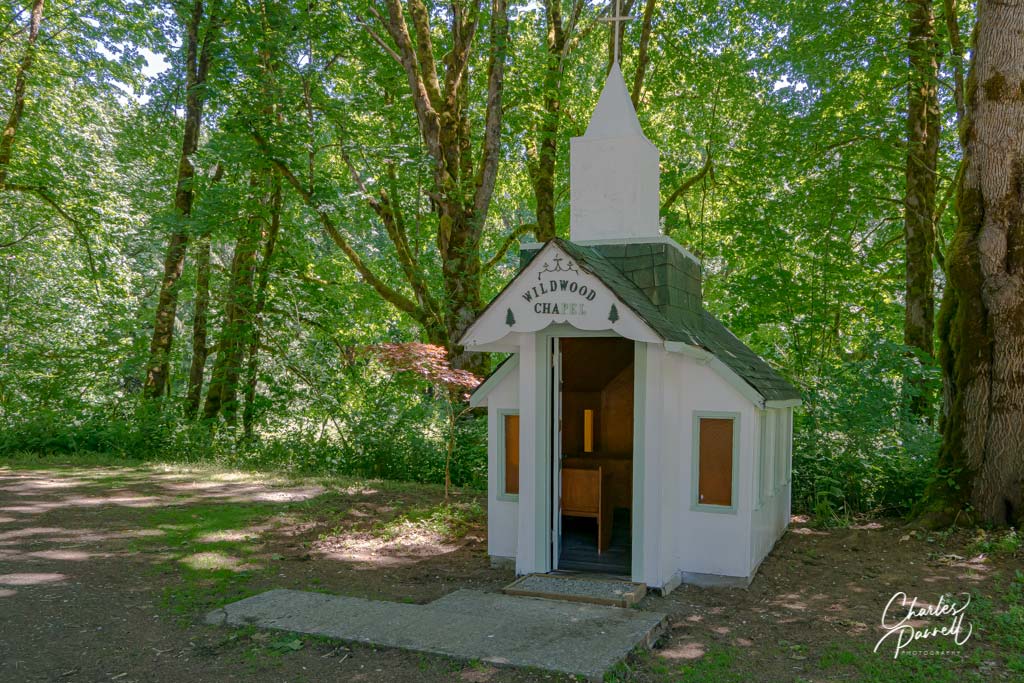
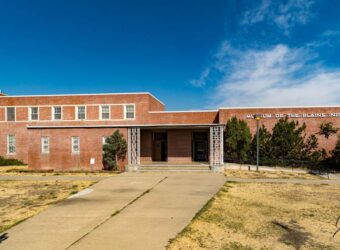
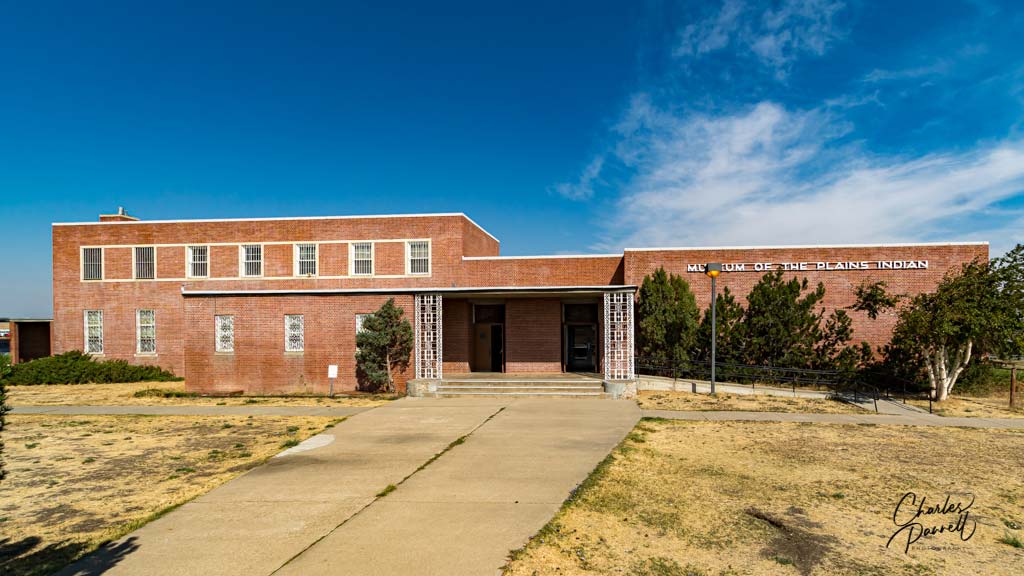

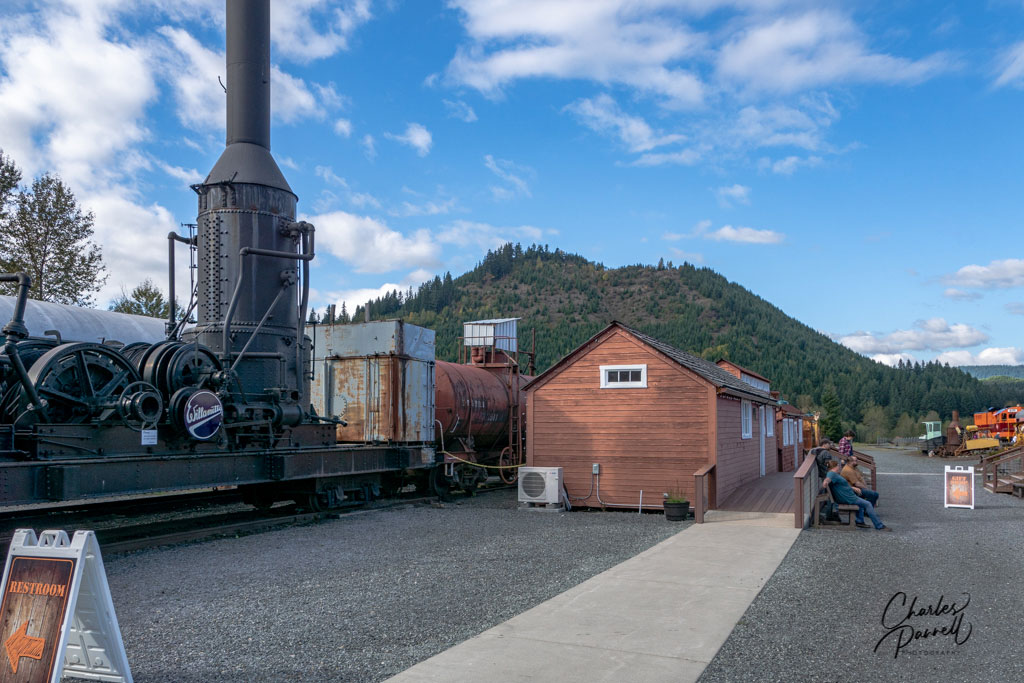
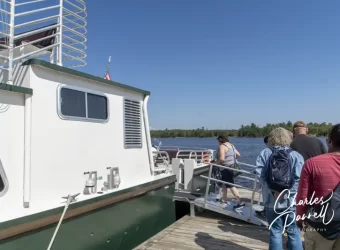
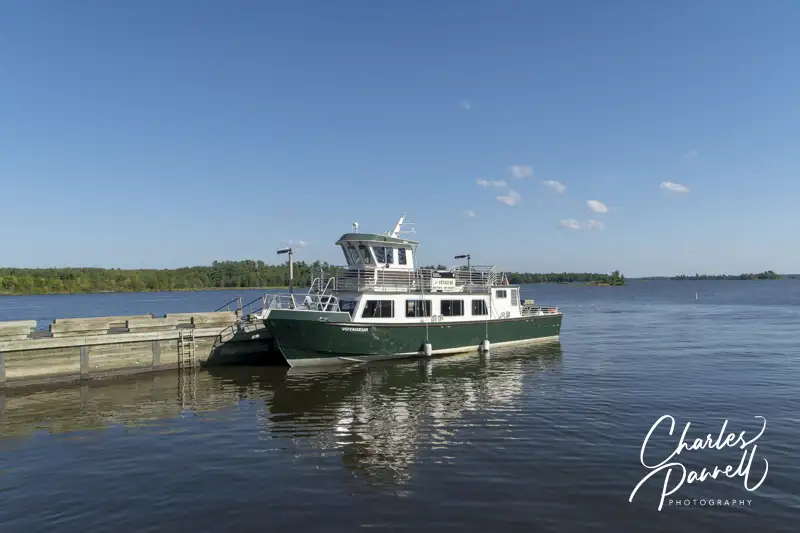
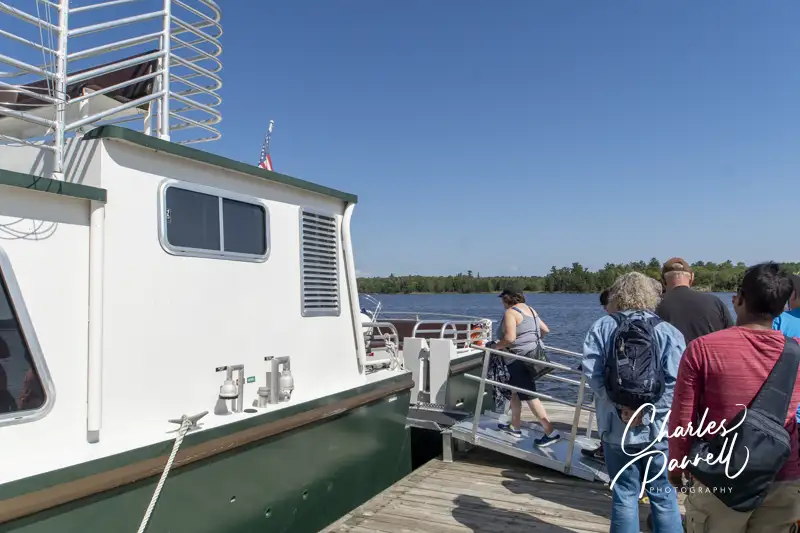
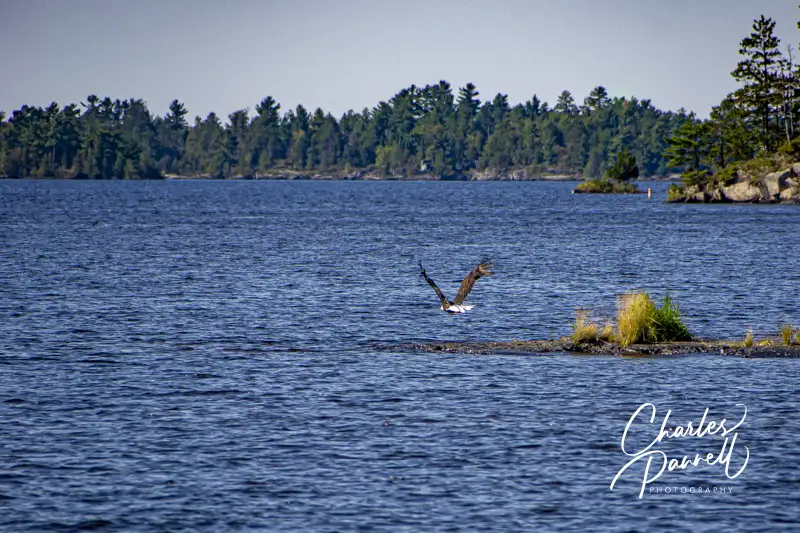
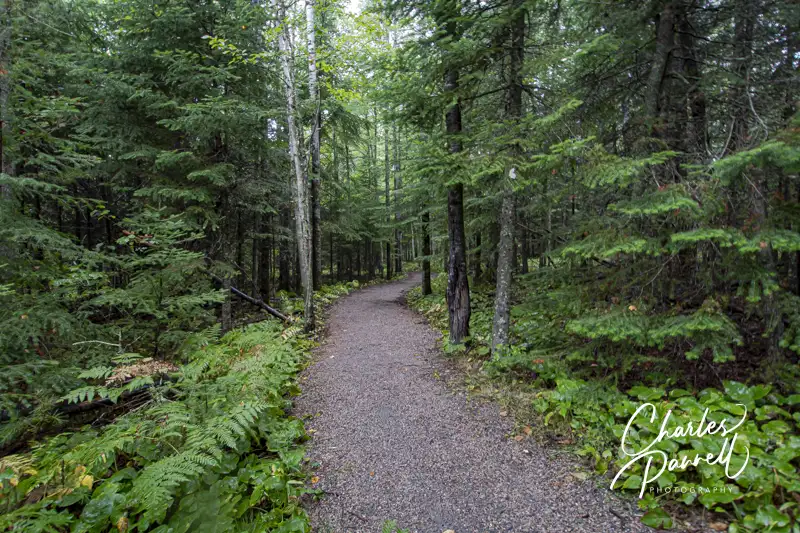
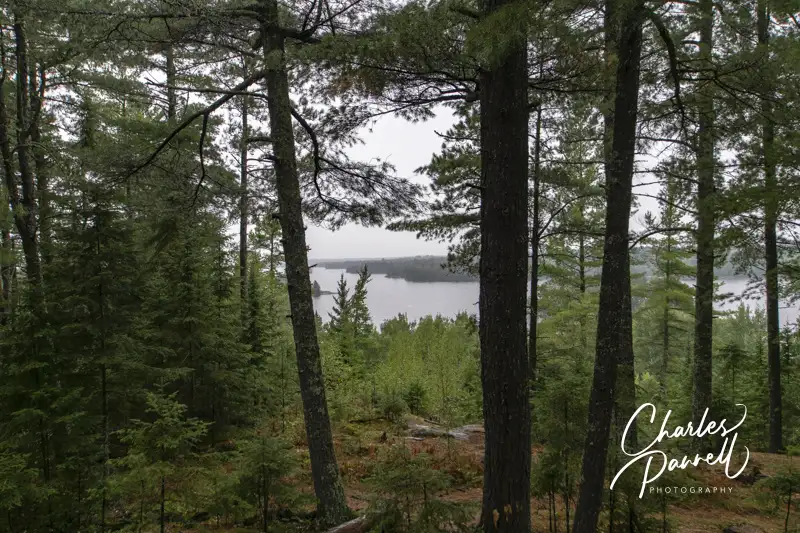

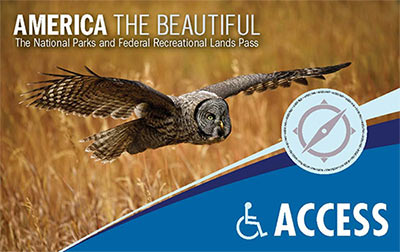 If you’d like to save a few bucks on your next national park visit, then pick up one of these discount passes at any national park entrance station. They all provide free admission to the passholder and all passengers in the same vehicle, but they each have different eligibility criteria.
If you’d like to save a few bucks on your next national park visit, then pick up one of these discount passes at any national park entrance station. They all provide free admission to the passholder and all passengers in the same vehicle, but they each have different eligibility criteria.